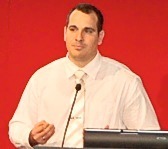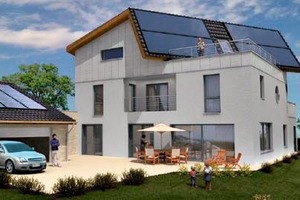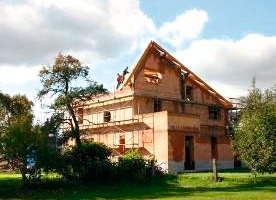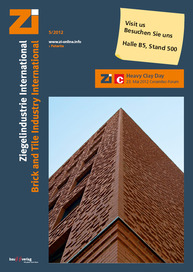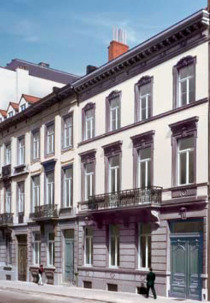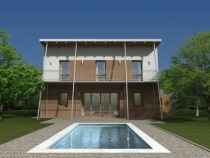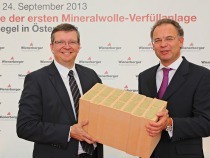The Wienerberger e4 Brickhouse: strategy, concept,
realization and alliances
By the end of 2020, all new buildings in the European Union must comply with the nearly zero-energy building standard. The challenge of satisfying this standard at affordable costs of construction and operation occasioned brickmaker Wienerberger to join forces with an ambitious private investor and a consortium of experts to build Europe‘s first e4 brick house 2020 in Zwettl, Austria. This pilot project, situated at Austria‘s cold pole (-36.6° C), draws 100% of its energy from renewable sources. It emits no greenhouse gases and produces more local energy than it consumes. Planned and constructed by a Massivwerthaus contractor, the single-family home had its energetic planning conducted by AIT (Austrian Institute of Technology) with the assistance of Prof. Dr. Krec (TU Vienna). When the building is finished, its energy consumption will be monitored and documented by AIT for an initial two-year period. The entire project is being facilitated and promoted by Austrian Federal Climate and Energy Fund “New Energies 2020”.
This pilot project demonstrates, that good coordination of a building‘s envelope and services systems enables economically viable achievement of the “nearly zero-energy building” standard with presently available brickmaking technology.
Dipl.-Ing. Alexander Lehmden, Wienerberger AG, Vienna, Austria

